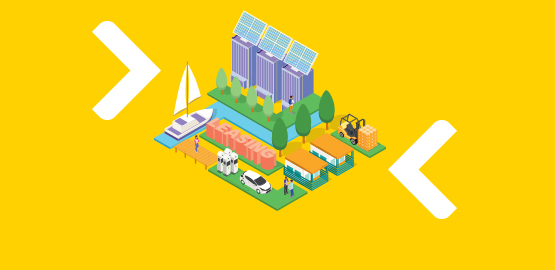Finance Lease
Become the owner of the asset
Want a long-term investment and ownership of the asset after it has been paid off?
What are the differences between a finance and an operating lease? A finance lease means paying an agreed amount that takes into account the overall value of the asset and gives you the option of purchasing the asset. During the repayment of the lease, you are the economic owner of the asset, whereas the leasing company is the real owner.
After the expiry of the agreement, you have the option of purchasing, i.e., becoming the owner of the asset.
Finance Lease Advantages
-

Costs of Lease
Depreciation and costs related to the lease agreement (interest and payments) are recorded as expenses in your accounts.
-

Asset Ownership
After the expiry of the agreement and the settlement of commitments, you become the owner of the asset.
-

Tax Treatment
VAT is charged on the net value of the asset and can serve as input tax (depending on the business and the type of asset).
How to get a lease?
It’s simple!
Select the asset you would like to lease with your supplier and submit the asset offer and a filled Lease Approval Application together with the relevant documentation. After an assessment of creditworthiness and approval by Raiffeisen Leasing, we invite you to sign the agreement and the associated documentation, after which you take over the asset!
Compare operating and finance leasing for business operators
| OPERATING LEASE | FINANCE LEASE | |
| Asset | • Depreciation in the accounts of the leasing company • The leasing company is the legal and economic owner of the asset | • Depreciation in the accounts of the lessee • The lessee is the economic owner of the asset, whereas the leasing company is the legal owner of the asset |
| VAT | • VAT is calculated monthly on the lease with an R-1 invoice | • VAT is calculated on the net value of the asset • Upon delivery by the leasing company, the lessee receives an R-1 invoice and may claim a VAT refund depending on the business and the asset |
| Expiry of the Agreement | • The asset is returned to the leasing company and a new lease can be arranged for a newer, more modern asset | • Ownership of the asset is transferred to the lessee (after the payment of all instalments) |
Contact Us
Raiffeisen Leasing
Visit us in one of our leasing offices
Raiffeisen Bank
Info on leasing can be found in all Raiffeisen Bank business centres

